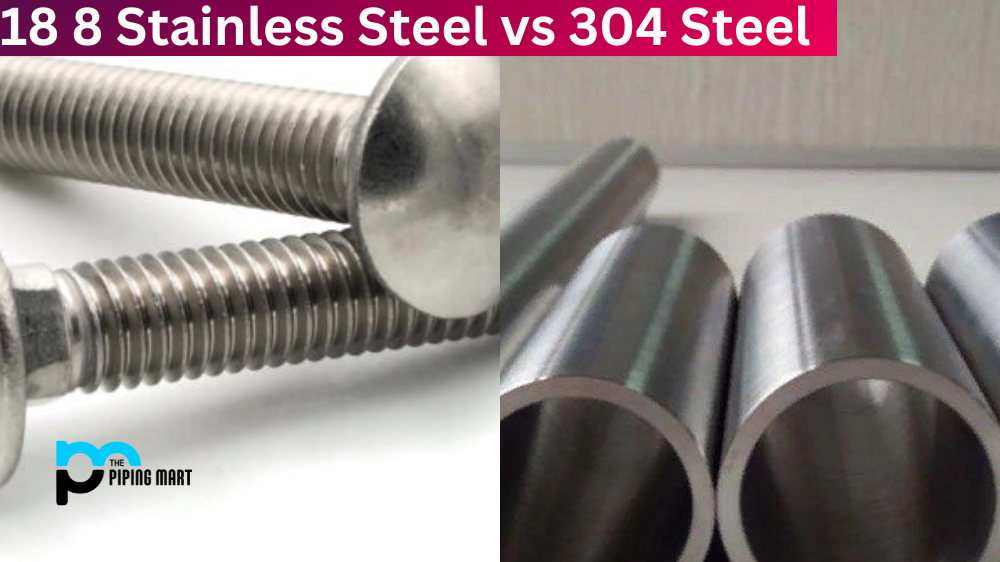
Portland Bolt can manufacture stainless steel bolts, rods, and bent bolts from both Type 304 and Type 316. A discussion of the differences between these ASTM specifications can be found in another FAQ. This is why Type 316 stainless is often used in more corrosive environments where the material will be exposed to chemical, solvent, or salt water corrosion and makes it the preferred material for marine construction.Īlthough fasteners can (and often are) ordered as simply Type 304 or Type 316 stainless, the actual ASTM specifications that cover stainless steel fasteners are A193, A320, and F593. This change in the chromium/nickel ratio and the addition of the molybdenum increases the resistance to chlorides. In Type 316 stainless, the chromium content is lowered from 18% to 16%, however, the nickel content is raised to 10% and 2% molybdenum is added to the mixture. The second most popular type of stainless, after Type 304, is Type 316.
18 8 STAINLESS STEEL VS 304 SERIES
Type 304 is by far the most popular of the 300 series stainless steels. However, a fastener manufactured from stainless material that meets the 18/8 alloy mix does not necessarily meet the other slight differences in chemistry required to certify it as Type 304 stainless. In the fastener industry the term “18-8” is often used as a designation for a bolt, nut, or washer manufactured from 300 series stainless steel material that has the 18% chromium/8% nickel alloy mixture.


While all 300 series stainless steels share this 18/8 mix, slight differences in chemical composition between the different grades of the 300 series do make certain grades more resistant than others against particular types of corrosion. “18-8” is not an actual specification, as it only refers to two different alloys in the steel. This “18-8” call out is referring to the 18% chromium/8% nickel alloy mixture of the steel. The term “18-8” is often used to designate products made from 300 series stainless. They can be hardened by cold working the material (“work hardening.”).They cannot be hardened by heat treatment.



 0 kommentar(er)
0 kommentar(er)
